Construction on the $1.8-billion Regina Bypass, the largest transportation infrastructure project in Saskatchewan’s history, is rolling along on budget with work scheduled to be complete by October.
“We are very pleased with the progress of the bypass, which will improve safety and create positive economic and environmental outcomes,” provincial Highways and Infrastructure Minister Lori Carr said recently.
“We’re hearing from municipalities, first responders and police that safety on Highway 1 east has already improved.”
The venture is being built by Regina Bypass Partners and is the first transportation public-private partnership (P3) project for Saskatchewan, so it was important for the province to get it right. The government has done P3 projects in the past, but they have been health care facilities and schools.
Partners in the consortium include Graham Construction, Parsons Canada Ltd., Carmacks Enterprises and Vinci Canada. The finance and development side included Graham Capital, Parsons Enterprises, Vinci Concessions and Connor, Clark and Lunn. The consortium is responsible for building, operating and maintaining the bypass until 2049 at which time it will be passed to the province.
Doug Wakabayashi, executive director of communications and customer services at the Ministry of Highways and Infrastructure, said the project was a massive undertaking and includes building or rebuilding 33 bridges, 12 interchanges, 60 kilometres of four-lane highway and 55 kilometres of service roads.
The project began in summer 2015 and has been built in two phases. Phase one was completed in fall 2017 and included infrastructure east of Regina from the Town of Balgonie to the junction of Highway 33.
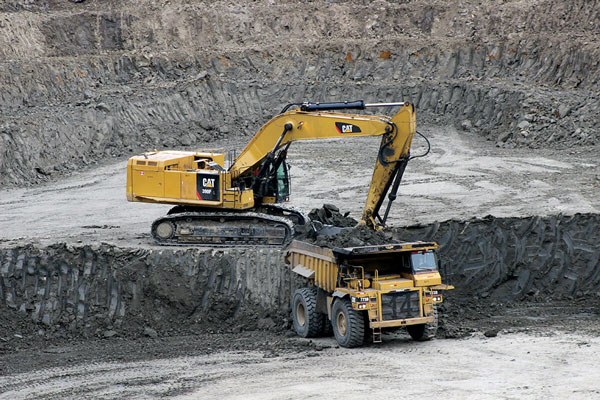
Wakabayashi said the work included a systems interchange and overpasses at the towns of Balgonie and White City, along with new roadway.
“There was also full-depth repaving and the construction of some new lanes as well and also service roads,” he said.
In addition, the Pilot Butte diverging diamond interchange east of Regina that was to be completed as part of phase two of the project was finished earlier in 2018, a year-and-a-half ahead of schedule, and opened to traffic.
Phase two consists of work from the junction of Highway 3, new interchanges at Highway 6 and 1, and includes new lanes south of Regina, along the west side of the city and connecting into Highway 11 in the north.
Wakabayashi said a lot of overpass and finishing work remains, which takes time.
“Most of the concrete has been poured for the bridges and structures, all the earthworks is done, most of the aggregate is in place and the top lift of most of the asphalt is complete. They’ll be finishing that up (this) year and working on a lot of overhead structures like signs and things like that as well.”
Contractors used a new technical approach to building the roads and laying pavement that is expected to require fewer functional overlays over the life of the thoroughfares.
The project also incorporated roundabouts into the design. Although roundabouts are used in many parts of the world to increase safety, they are a new concept to Saskatchewan.
Up to 500 steel and concrete girders are being used for the bridges. Steel girders are generally used for larger spans because they’re easier to design and are more capable of being used in unique bridges, including those with high skews, while the concrete ones can be fabricated quickly and easily for standard design proportions.
More than 100 Saskatchewan companies, including subtrades and suppliers, have worked on the project, noted Wakabayashi. The province figures the project has a GDP effect of $942 million and the job creation impact is 9,600 direct full-time and spinoff jobs over the four-year construction period.
Planning for the bypass project began in the 1990s and in 2004 the general location was approved. However, the procurement process wasn’t started until nearly a decade later. The province determined the bypass was needed to address a growing amount of commuter traffic and congestion and to improve driver safety, as trucks had to go through commercial and retail areas.
Wakabayashi said the project was important because there has been a significant amount of growth in and around the provincial capital and, as a result, the roads were clogged, causing safety concerns.
The province took a lot of time looking at various P3 models used by other provinces before deciding how to proceed, he said, because in addition to Regina the bypass goes through three towns and two rural municipalities and land had to be acquired from three First Nations communities.
Wakabayashi said Saskatchewan’s economy is largely export-dependent and the province is in the middle of the continent, so a lot of exports start their journey on a truck.
Four national dedicated highway systems converge on Regina, he said, and, before the bypass, traffic had to go through the east side of the city, which caused problems.
Once complete, the Regina Bypass will allow drivers to safely commute to their destinations on the Trans-Canada Highway and will reduce congestion in and around the provincial capital, he added.
“When this is done, all that truck traffic will have the ability to get around the Regina area free-flowing at highway speeds,” he said. “it’s going to significantly improve not only safety, but the efficiency of the provincial and national transportation system.
“Because that truck traffic will no longer be heading down an urban street in stop-and-go conditions there’s actually a positive impact on carbon emissions as well.”


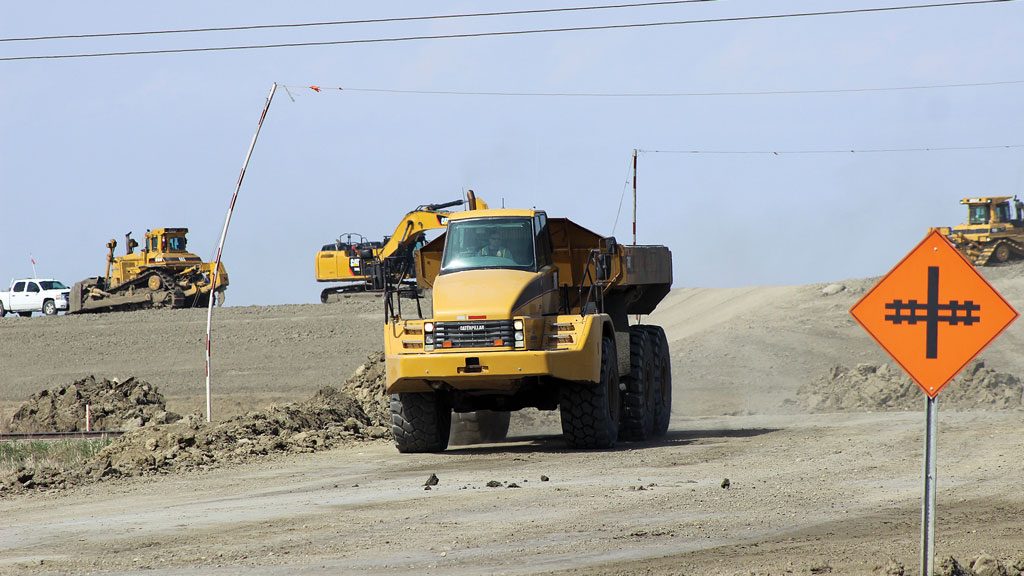
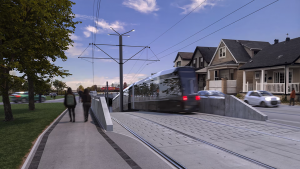





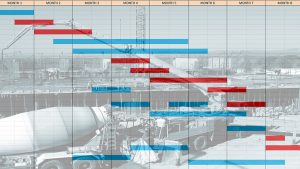
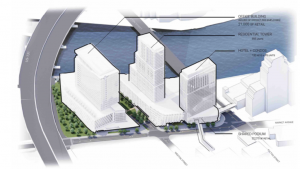
Recent Comments
comments for this post are closed